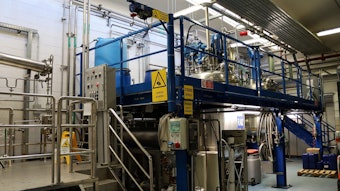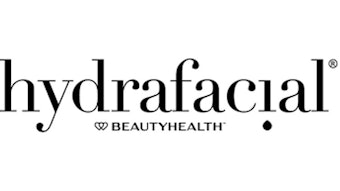BASF is donating samples of sunscreens containing its zinc oxide and titanium dioxide ingredients to the Da Vinci Science Center in Allentown, Pennsylvania for use in a summer science camp that will include a study of nanomaterials.
"BASF is pleased to support science education programs,” said Bernd Burkhart, director, cosmetic solutions for BASF in North America. “Learning about the wonders of science can serve as a great inspiration for students, who may go on to be the chemists, researchers, or engineers of tomorrow.”
The five-day science camp is offered June 18-22, July 9-13, and July 23-27, with 30 students in each session. Two of the five days are dedicated to investigations of nanotechnology in the context of materials science, including the application of nanoparticles in sunscreens.
“The purpose of the camp is to provide a fun, interactive experience at which children can learn more about the world around them by conducting their own experiments,” said Ruth Brown, science educator at the Da Vinci Science Center. “The students will have the opportunity to compare three different sunscreens: a commercially available product, a sample that the students will make, and a control formulation. In addition to conducting the experiments, the students will present their findings to younger campers and visitors to the Da Vinci Science Center.”
"BASF is pleased to support science education programs,” said Bernd Burkhart, director, cosmetic solutions for BASF in North America. “Learning about the wonders of science can serve as a great inspiration for students, who may go on to be the chemists, researchers, or engineers of tomorrow.”
The five-day science camp is offered June 18-22, July 9-13, and July 23-27, with 30 students in each session. Two of the five days are dedicated to investigations of nanotechnology in the context of materials science, including the application of nanoparticles in sunscreens.
“The purpose of the camp is to provide a fun, interactive experience at which children can learn more about the world around them by conducting their own experiments,” said Ruth Brown, science educator at the Da Vinci Science Center. “The students will have the opportunity to compare three different sunscreens: a commercially available product, a sample that the students will make, and a control formulation. In addition to conducting the experiments, the students will present their findings to younger campers and visitors to the Da Vinci Science Center.”










